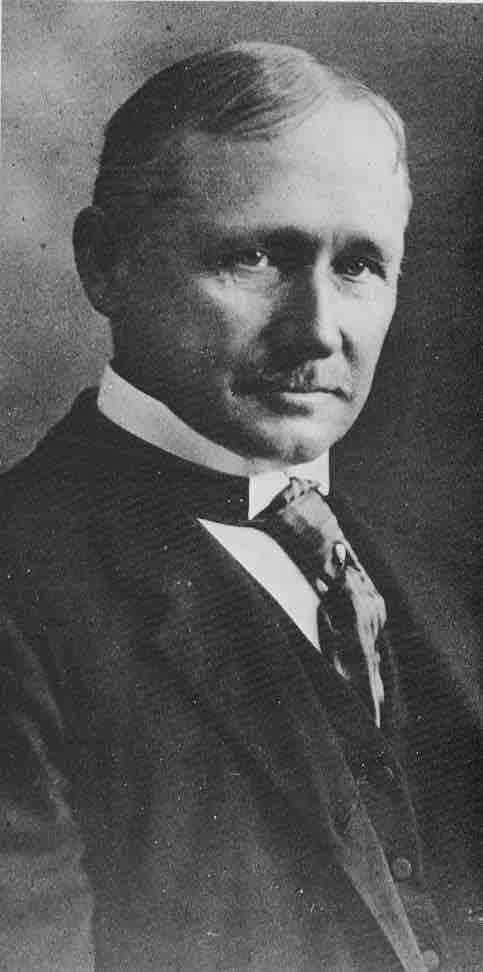Taylorism
Scientific management, or Taylorism, is a management theory that analyzes work flows to improve economic efficiency, especially labor productivity. This management theory, developed by Frederick Winslow Taylor, was popular in the 1880s and 1890s in manufacturing industries.
While the terms "scientific management" and "Taylorism" are often treated as synonymous, an alternative view considers Taylorism to be the first form of scientific management. Taylorism is sometimes called the "classical perspective," meaning that it is still observed for its influence but no longer practiced exclusively. Scientific management was best known from 1910 to 1920, but in the 1920s, competing management theories and methods emerged, rendering scientific management largely obsolete by the 1930s. However, many of the themes of scientific management are still seen in industrial engineering and management today.

Frederick Winslow Taylor
Frederick Winslow Taylor is considered the creator of scientific management.
Important components of scientific management include analysis, synthesis, logic, rationality, empiricism, work ethic, efficiency, elimination of waste, and standardized best practices. All of these components focus on the efficiency of the worker and not on any specific behavioral qualities or variations among workers.
Today, an example of scientific management would be determining the amount of time it takes workers to complete a specific task and determining ways to decrease this amount of time by eliminating any potential waste in the workers' process. A significant part of Taylorism was time studies. Taylor was concerned with reducing process time and worked with factory managers on scientific time studies. At its most basic level, time studies involve breaking down each job into component parts, timing each element, and rearranging the parts into the most efficient method of working. By counting and calculating, Taylor sought to transform management into a set of calculated and written techniques.
Frank and Lillian Gilbreth
While Taylor was conducting his time studies, Frank and Lillian Gilbreth were completing their own work in motion studies to further scientific management. The Gilbreths made use of scientific insights to develop a study method based on the analysis of work motions, consisting in part of filming the details of a worker's activities while recording the time it took to complete those activities. The films helped to create a visual record of how work was completed, and emphasized areas for improvement. Secondly, the films also served the purpose of training workers about the best way to perform their work.
This method allowed the Gilbreths to build on the best elements of the work flows and create a standardized best practice. Time and motion studies are used together to achieve rational and reasonable results and find the best practice for implementing new work methods. While Taylor's work is often associated with that of the Gilbreths, there is often a clear philosophical divide between the two scientific-management theories. Taylor was focused on reducing process time, while the Gilbreths tried to make the overall process more efficient by reducing the motions involved. They saw their approach as more concerned with workers' welfare than Taylorism, in which workers were less relevant than profit. This difference led to a personal rift between Taylor and the Gilbreths, which, after Taylor's death, turned into a feud between the Gilbreths and Taylor's followers.
Even though scientific management was considered background in the 1930s, it continues to make significant contributions to management theory today. With the advancement of statistical methods used in scientific management, quality assurance and quality control began in the 1920s and 1930s. During the 1940s and 1950s, scientific management evolved into operations management, operations research, and management cybernetics. In the 1980s, total quality management became widely popular, and in the 1990s "re-engineering" became increasingly popular. One could validly argue that Taylorism sent the groundwork for these large and influential fields we practice today.